Home>Garden Essentials>How To Grow Turf Grass Without Hurting The Environment
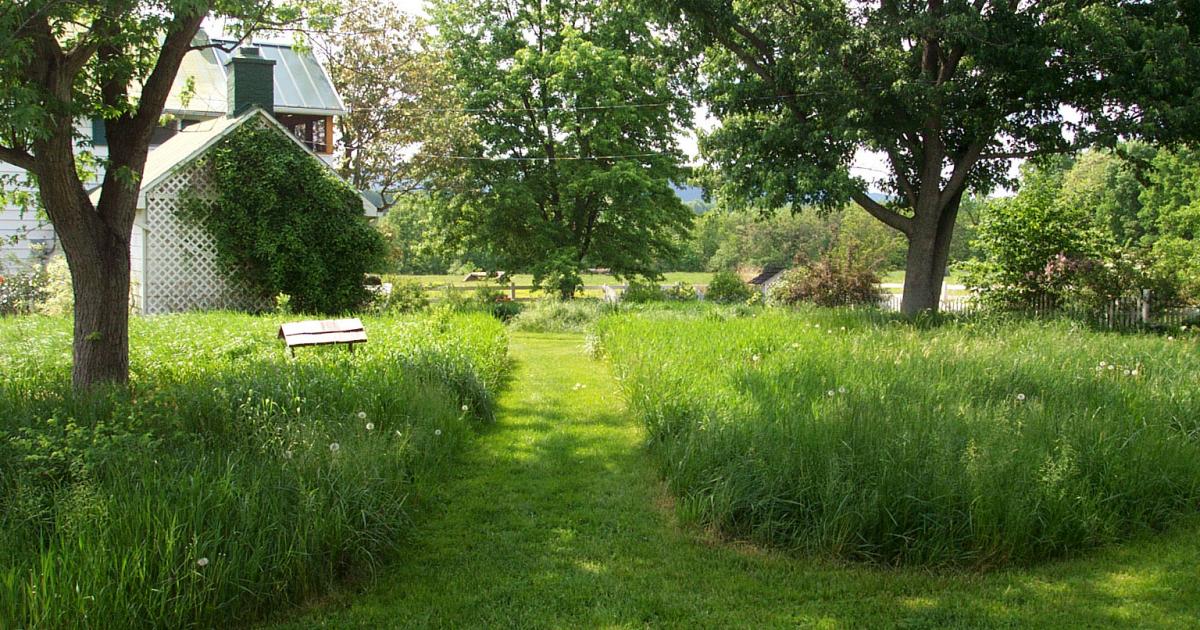

Garden Essentials
How To Grow Turf Grass Without Hurting The Environment
Modified: March 7, 2024
Learn how to grow a beautiful and healthy garden without harming the environment. Discover eco-friendly methods for cultivating turf grass and enhancing your outdoor space.
(Many of the links in this article redirect to a specific reviewed product. Your purchase of these products through affiliate links helps to generate commission for Storables.com, at no extra cost. Learn more)
Introduction
When it comes to creating a beautiful and inviting outdoor space, turf grass is a popular choice for many homeowners. The lush green carpet of grass not only adds aesthetic appeal but also provides numerous benefits, such as reducing soil erosion, improving air quality, and creating a comfortable play area for children and pets. However, the conventional methods of growing and maintaining turf grass often involve the use of harmful chemicals and excessive water consumption, posing a threat to the environment.
Fortunately, there are eco-friendly alternatives that allow you to grow turf grass without causing harm to the ecosystem. By adopting sustainable practices and utilizing organic techniques, you can create a thriving lawn while minimizing the negative impact on the environment.
In this article, we will explore various methods and strategies to achieve a beautiful and healthy turf grass lawn without compromising the planet. From selecting the right grass variety to implementing natural pest control methods, we will delve into the steps you can take to grow turf grass sustainably and responsibly.
By implementing these methods, not only will you create an inviting outdoor space for yourself and your family, but you will also become a steward of the environment, preserving the delicate balance of nature while enjoying the beauty of a well-maintained lawn.
Key Takeaways:
- Growing turf grass sustainably benefits the environment by preventing soil erosion, purifying the air, and providing a safe recreational space. Choosing the right grass variety and using organic methods promotes a healthy lawn without harming the planet.
- By adopting eco-friendly practices like deep watering, natural pest control, and promoting biodiversity, you can create a vibrant and resilient turf grass lawn while supporting wildlife and contributing to a healthier planet.
Read more: Why Is Turf Grass Bad For The Environment
Benefits of Growing Turf Grass
Growing turf grass offers a multitude of benefits beyond just aesthetic appeal. Here are some of the key advantages of having a well-maintained lawn:
- Soil erosion control: Turf grass plays a crucial role in preventing soil erosion. The dense network of grass roots helps anchor the soil, reducing the risk of erosion caused by wind and water. This is especially important for properties located on slopes or near bodies of water.
- Air purification: Turf grass acts as a natural air filter by capturing dust particles, pollutants, and other airborne toxins. As air passes through the grass blades, the pollutants are trapped and removed, resulting in cleaner and fresher air.
- Noise reduction: A well-maintained lawn can also act as a noise barrier, reducing the impact of noise pollution. The thick layer of grass absorbs sound waves, providing a more tranquil and peaceful environment, particularly in urban areas.
- Cooling effect: Turf grass has a cooling effect on the surrounding area. On hot summer days, a lawn can be significantly cooler compared to hard surfaces, such as concrete or asphalt. This can help reduce the need for excessive air conditioning and create a more comfortable outdoor space.
- Wildlife habitat: A healthy turf grass lawn can serve as a habitat for many beneficial insects, birds, and small mammals. It provides food and shelter for pollinators, such as bees and butterflies, as well as a safe haven for other wildlife.
- Increased property value: A well-maintained lawn enhances the curb appeal of a property and can significantly increase its value. A lush and vibrant lawn creates a positive first impression and can attract potential buyers or tenants.
- Recreational space: A turf grass lawn provides a safe and comfortable area for recreational activities such as playing sports, picnicking, or simply relaxing. It offers a versatile space for outdoor enjoyment and imparts a sense of connection with nature.
These are just a few of the many benefits that come with growing turf grass. By adopting sustainable practices, you can maximize these advantages while minimizing the negative impacts on the environment.
Choosing the Right Turf Grass Variety
Choosing the right turf grass variety is essential for achieving a healthy and sustainable lawn. Different grass species have varying characteristics and requirements, so it’s important to select a variety that is well-suited to your climate, sun exposure, and intended use. Here are some factors to consider when choosing the right turf grass variety:
- Climate suitability: Different grass species thrive in different climates. Some varieties are better adapted to hot and arid conditions, while others are more tolerant of cold temperatures. Research the climate zone of your region and choose a grass variety that can withstand the prevailing weather conditions.
- Sun and shade tolerance: Assess the amount of sunlight your lawn receives throughout the day. Some grass varieties, like Bermuda grass and Zoysia grass, thrive in full sun, while others, like Fine Fescue and St. Augustine grass, are more shade-tolerant. Select a grass variety that matches the sun exposure of your lawn.
- Water requirements: Consider the water availability in your area and choose a turf grass variety that is adapted to those conditions. Some grasses, like Buffalo grass and Tall Fescue, have lower water requirements and are more drought-tolerant, making them suitable for water-conscious landscapes.
- Maintenance tolerance: Be realistic about the amount of time and effort you can dedicate to lawn maintenance. Some grass varieties, like Kentucky Bluegrass and Bermuda grass, require more frequent mowing and fertilization, while others, like Centipede grass and Fine Fescue, have lower maintenance needs.
- Intended use: Consider how you plan to use your lawn. If you have children or pets who will be playing on the grass, choose a variety that is resistant to heavy foot traffic, such as Bermuda grass or Tall Fescue. For ornamental purposes or low-traffic areas, Fine Fescue or Zoysia grass may be more suitable.
Consult with local experts or turf grass specialists who have knowledge of your specific region’s conditions and can provide guidance on the best grass variety for your needs. Additionally, consider the overall aesthetic appeal and texture of the grass, as this can contribute to the overall beauty of your lawn.
By selecting the right turf grass variety, you can ensure that your lawn thrives in its specific environment, requires less maintenance, and remains resilient against common challenges such as drought, pests, and diseases. This ultimately leads to a more sustainable and environmentally friendly lawn.
Preparing the Soil for Turf Grass Growth
The quality of the soil is crucial for the successful growth of turf grass. Proper soil preparation creates a favorable environment for the grass roots to establish and thrive. Here are the key steps to prepare the soil for turf grass growth:
- Remove debris: Begin by clearing the area of any rocks, weeds, or debris. Rake the surface to remove any large clumps of soil and create a smooth and even foundation.
- Test the soil: It’s essential to know the pH level and nutrient content of your soil. Conduct a soil test to determine the current composition of your soil. This will help you understand if any amendments are needed to create an optimal growing environment for turf grass.
- Amend the soil: Based on the results of the soil test, you may need to amend the soil to improve its composition. Common amendments include adding organic matter, such as compost or well-rotted manure, to enhance soil fertility and structure. This helps the soil retain moisture and provides essential nutrients for healthy grass growth.
- Aerate the soil: Soil compaction can hinder the growth of turf grass by preventing proper water and air circulation. Use a core aerator or a manual aerator to create small holes in the soil, allowing water, nutrients, and oxygen to penetrate deep into the root zone. Aeration also helps break up compacted soil and encourages strong root development.
- Level the surface: A smooth and level surface is important for the even growth of turf grass. Use a lawn roller or a leveling rake to fill in low spots and remove high spots. This will provide an even surface for planting or laying sod.
- Apply a starter fertilizer: Prior to planting or laying sod, apply a starter fertilizer that is formulated specifically for turf grass. This helps provide the necessary nutrients for initial root establishment and encourages healthy grass growth.
- Water the soil: Before planting or laying sod, thoroughly water the soil to ensure proper moisture levels. Adequate moisture is important for the grass to establish its root system and take hold in the soil.
By preparing the soil properly, you create an optimal growing environment for turf grass. This promotes healthy root development, improves nutrient uptake, and enhances overall resilience against drought and other environmental challenges. Taking the time to prepare the soil sets the foundation for a lush and thriving lawn.
Using Organic Fertilizers for Healthier Grass
Fertilizing your turf grass is essential for providing the necessary nutrients for healthy growth and vibrant color. However, traditional synthetic fertilizers often contain harsh chemicals that can harm the environment and disrupt the balance of soil ecosystems. By opting for organic fertilizers, you can promote the health of your grass while minimizing negative impacts on the environment. Here are some tips for using organic fertilizers for healthier grass:
- Choose organic fertilizer: Look for organic fertilizers that are labeled as “OMRI Listed” or “USDA Organic Certified.” These products are made from natural ingredients and are free from synthetic chemicals, providing a safer and more sustainable option for your lawn.
- Test the soil: Before applying any fertilizer, it’s important to know the nutrient levels and pH of your soil. A soil test can give you valuable information about the specific nutrient deficiencies and pH imbalances in your lawn, allowing you to choose the right organic fertilizer and apply it in the correct amounts.
- Follow recommended application rates: Organic fertilizers should be applied at the recommended rates to avoid over-fertilization, which can lead to nutrient runoff and water pollution. Read and follow the instructions on the fertilizer packaging carefully, ensuring that you are applying the appropriate amount for your lawn size.
- Apply during the growing season: Apply organic fertilizers during the active growing season of your turf grass. This is usually in the spring and fall when the grass is actively taking up nutrients. Avoid fertilizing during the hot summer months when the grass is under stress and may not be able to effectively utilize the nutrients.
- Consider slow-release fertilizers: Slow-release organic fertilizers provide a steady and gradual release of nutrients over an extended period. This helps prevent nutrient leaching and ensures a consistent supply of nutrients to the grass, promoting healthier and more sustainable growth.
- Use compost and organic amendments: In addition to using organic fertilizers, consider incorporating compost and other organic amendments into your lawn care routine. Compost enriches the soil with organic matter, improves soil structure, and enhances nutrient retention. It also promotes beneficial microbial activity in the soil, which further contributes to healthier grass growth.
- Water properly after fertilization: After applying organic fertilizer, water your lawn thoroughly to help the nutrients penetrate the root zone. This ensures that the grass can effectively absorb the nutrients and reduces the risk of nutrient runoff. Watering deeply and infrequently encourages deep root growth and overall drought tolerance.
By using organic fertilizers, you provide your turf grass with essential nutrients while promoting a healthier and more sustainable lawn. Organic fertilizers also foster a balanced and thriving soil ecosystem, supporting beneficial soil organisms and reducing the risk of chemical buildup in the soil over time. Embracing organic fertilizers is a step towards more environmentally friendly lawn care practices.
Consider using organic fertilizers and natural pest control methods to maintain a healthy turf grass without harming the environment. Avoid using synthetic chemicals that can leach into the soil and waterways.
Read more: How Is Astro Turf Bad For Our Environment
Watering Techniques for Turf Grass
Proper watering is crucial for maintaining healthy turf grass. However, water scarcity and the need for conservation make it essential to adopt efficient watering techniques. By following these tips, you can ensure optimal water usage while promoting the health and vitality of your turf grass:
- Water deeply and infrequently: Instead of shallow and frequent watering, encourage deep root growth by watering less often but for a longer duration. This promotes stronger and more drought-tolerant grass roots. Aim for about one inch of water per week, including rainfall, applied in one or two deep watering sessions.
- Water in the early morning: Watering in the early morning is ideal as it allows the grass blades to dry before nightfall, reducing the risks of disease. Watering during the cooler part of the day also minimizes water loss due to evaporation, ensuring more effective water absorption by the grass roots.
- Use a soaker hose or drip irrigation: Install a soaker hose or drip irrigation system to deliver water directly to the root zone of the grass. These methods minimize water waste by reducing evaporation and runoff. They also prevent excessive moisture on the grass leaves, which can lead to disease and fungal growth.
- Monitor soil moisture: Keep track of the soil moisture by regularly checking the moisture level at the root zone. This can be done by sticking a screwdriver or a soil moisture probe into the ground. Water only when the soil feels dry about 4-6 inches below the surface. Avoid overwatering, as it promotes shallow root growth and makes the grass more susceptible to diseases.
- Consider using smart irrigation technology: Install a smart irrigation controller that adjusts watering schedules based on weather conditions, soil moisture levels, and grass needs. These devices utilize sensors and data analysis to optimize water usage and prevent overwatering.
- Utilize mulch: Apply a layer of organic mulch, such as grass clippings or wood chips, around trees, shrubs, and in garden beds adjacent to your turf grass. Mulch helps retain soil moisture, reduce weed growth, and improve overall water efficiency in your landscape.
- Implement proper drainage: Ensure that your lawn has proper drainage to prevent waterlogged areas. Compacted soil and poor drainage can lead to standing water, which undermines the health of the turf grass and promotes disease. Use core aeration and amend the soil with organic matter to improve water infiltration.
By adopting these watering techniques, you can use water more efficiently while promoting the health and resilience of your turf grass. Conserving water is not only beneficial for the environment, but it also helps reduce your water bills and preserves this precious resource for future generations.
Mowing and Maintenance Tips
Mowing and regular maintenance are essential for keeping your turf grass healthy, dense, and visually appealing. Follow these tips to ensure the proper care and maintenance of your lawn:
- Set the right mowing height: Adjust your mower to the appropriate cutting height for your turf grass variety. Cutting the grass too short can weaken the root system and make it more susceptible to stress and disease. Generally, it is recommended to keep the grass height between 2.5 to 4 inches, depending on the species.
- Don’t remove more than one-third of the grass height: Avoid cutting off more than one-third of the grass height in a single mowing session. Removing excessive foliage at once can stress the grass and inhibit its ability to photosynthesize and recover properly. Regularly mowing to maintain the recommended height is key to maintaining a healthy lawn.
- Keep your mower blades sharp: Dull mower blades can tear and damage the grass blades, leading to a dull and brown appearance. Sharpen your mower blades at the start of the mowing season and regularly check them for any signs of wear. Sharp blades create clean cuts, promoting healthy grass growth.
- Leave grass clippings on the lawn: Grass clippings are a valuable source of nutrients for your lawn. Instead of bagging and removing the clippings, leave them on the lawn. They provide natural organic matter and nitrogen to the soil, acting as a natural fertilizer. This practice, known as “grasscycling,” can also help conserve water and reduce landfill waste.
- Change mowing patterns: Vary your mowing pattern each time you mow. Mowing in the same direction every time can cause the grass to lean in one direction and limit the sunlight it receives. Changing the mowing pattern promotes more upright and even growth and decreases the chance of soil compaction.
- Manage thatch buildup: Thatch is a layer of dead grass stems and debris that accumulates between the grass blades and the soil surface. Excessive thatch can impede water and nutrient absorption and promote disease. Regular aeration and dethatching can help manage thatch buildup and maintain a healthy lawn.
- Water after mowing: If you mow your lawn in the heat of the day, lightly water the grass afterwards to cool it down and reduce stress. Avoid watering excessively after mowing, as it can promote disease and waste water.
- Inspect for pests and diseases: Regularly inspect your lawn for signs of pests, such as grubs or damaging insects, and diseases, such as brown patch or dollar spot. Early detection allows for prompt treatment and helps prevent the spread of pests and diseases to other areas of the lawn.
Proper mowing and maintenance practices are vital for the health and appearance of your turf grass. By following these tips, you can ensure that your lawn remains lush, green, and resilient, making it a welcoming and enjoyable space.
Preventing Weeds and Pest Infestations Naturally
Dealing with weeds and pest infestations is a common challenge when it comes to maintaining a healthy turf grass lawn. However, resorting to chemical herbicides and pesticides can have harmful effects on the environment and may pose risks to human health. By implementing natural and eco-friendly methods, you can effectively prevent weeds and pests while promoting the overall health of your lawn. Here are some tips for preventing weeds and pest infestations naturally:
- Maintain a proper mowing height: Keeping your lawn at the recommended mowing height helps maintain a dense and healthy grass canopy, which naturally suppresses weed growth by shading the soil surface. Taller grass also competes more effectively for sunlight, nutrients, and water.
- Practice regular and proper watering: Overwatering can create favorable conditions for weed growth and weaken the grass, making it more susceptible to pests. Water deeply and infrequently to encourage deep root growth in the turf grass while depriving weeds of the moisture they need to thrive.
- Overseed bare spots: Bare spots in your lawn can provide an opportunity for weed seeds to germinate. Overseeding these areas with grass seed helps fill in the gaps, leaving less room for weeds to establish themselves.
- Hand-pull weeds: Regularly inspect your lawn for weeds and manually remove them, ensuring that you pull them out by their roots to prevent regrowth. This method is particularly effective for controlling isolated or small patches of weeds.
- Maintain healthy soil: Good soil health is essential for preventing weed growth and pest infestations. Improve soil fertility through organic amendments, such as compost, which helps promote healthy grass growth and makes it more competitive against weeds.
- Encourage beneficial insects and birds: Many insects and birds feed on weed seeds and pests. Encourage their presence in your lawn by providing habitats and food sources, such as flowering plants for pollinators and bird feeders. Beneficial insects, like ladybugs and lacewings, can help control pests naturally.
- Use organic weed control methods: Apply natural weed control methods, such as corn gluten meal or vinegar-based herbicides, to target and suppress weed growth. These products offer natural alternatives to synthetic herbicides while minimizing the potential harm to the environment.
- Practice proper lawn maintenance: A well-maintained lawn is more resistant to pest infestations. Regularly mow, aerate, and fertilize your lawn to promote healthy turf grass growth, which can outcompete weeds and withstand pest attacks.
- Rotate plantings: If you have flower beds or other plantings adjacent to your lawn, rotate the types of plants or flowers you grow each season. This helps prevent the buildup of pests and diseases that may target specific plant species.
By incorporating these natural and eco-friendly methods, you can effectively prevent weed growth and control pests while maintaining the health and beauty of your turf grass lawn. With patience and consistency, you can establish a harmonious and sustainable balance in your outdoor space.
Promoting Wildlife and Biodiversity in Turf Grass
Turf grass lawns have the potential to do more than just provide a beautiful and functional outdoor space. They can also play a role in supporting wildlife and promoting biodiversity. By taking steps to create a more wildlife-friendly lawn, you can contribute to the conservation of various species and enhance the overall ecological health of your property. Here are some tips for promoting wildlife and biodiversity in your turf grass:
- Plant native trees, shrubs, and flowers: Incorporate native plants into your lawn and landscaping. Native species provide food and habitat for local wildlife, including birds, bees, butterflies, and other beneficial insects. They also tend to be well-adapted to the local climate and require less maintenance.
- Create diverse microhabitats: Introduce different microhabitats within your lawn by incorporating features such as birdhouses, bird baths, and rock piles. These provide shelter and nesting sites for various bird species, amphibians, and insects.
- Adopt integrated pest management (IPM) practices: Implement IPM techniques to manage pests in your lawn. This approach involves using a combination of natural controls, such as beneficial insects, birds, and biological pesticides, to minimize the need for chemical pesticides that can harm wildlife.
- Provide water sources: Install a small pond, birdbath, or shallow water feature in your lawn to serve as a water source for wildlife. These water features attract birds, butterflies, and other small animals, creating a thriving ecosystem within your property.
- Harvest rainwater: Collect rainwater in barrels or implement a rainwater harvesting system. Use the collected water to irrigate your lawn and gardens. This reduces the strain on local water resources and provides a natural water source for wildlife.
- Limit pesticide and herbicide use: Minimize or eliminate the use of chemical pesticides and herbicides in your lawn. These products can have negative impacts on birds, beneficial insects, and other wildlife. Opt for natural alternatives to manage weeds and pests while preserving a healthy environment for wildlife.
- Provide food sources: Incorporate native plants that produce berries, seeds, or nectar to provide food sources throughout the year. This attracts a diverse range of wildlife, including birds and pollinators, enhancing the biodiversity of your lawn.
- Leave some areas unmowed or create meadow zones: Allow some parts of your lawn to grow longer and create meadow-like zones. These areas serve as valuable habitats for ground-dwelling insects, small mammals, and nesting birds. Native wildflowers can also be incorporated into these areas to further support pollinators.
- Reduce artificial lighting at night: Minimize or turn off outdoor lighting at night whenever possible. Excessive artificial lighting can disrupt the natural behavior and migration patterns of nocturnal wildlife, such as birds and insects.
By taking these steps, you can transform your turf grass lawn into a diverse and thriving ecosystem that supports a range of wildlife species. Promoting biodiversity not only enhances the beauty of your property but also contributes to the overall health of the environment.
Read more: How Long Does It Take Turf Grass To Grow
Conclusion
Growing and maintaining a turf grass lawn doesn’t have to come at the expense of the environment. By adopting sustainable and eco-friendly practices, you can have a beautiful and vibrant lawn while minimizing your ecological footprint. From choosing the right turf grass variety to implementing organic fertilizers and water conservation techniques, every step counts towards creating a more sustainable outdoor space.
By growing turf grass, you reap numerous benefits beyond aesthetics. Turf grass helps control soil erosion, purifies the air, reduces noise pollution, and offers a safe and comfortable recreational area. Additionally, a well-maintained lawn can increase the value of your property.
Choosing the right turf grass variety ensures that it thrives in your specific climate and conditions. Preparing the soil properly creates an optimal foundation for grass growth, while using organic fertilizers promotes healthier turf without harming the environment. Watering techniques such as deep watering and using efficient watering systems conserve water and promote the development of deep and drought-tolerant roots.
Maintaining your lawn through mowing, proper maintenance techniques, and natural weed and pest control methods helps establish a vigorous and resilient turf grass. Moreover, by promoting wildlife and biodiversity in your lawn, you create an ecosystem that supports beneficial insects, birds, and other wildlife.
In conclusion, taking a more organic and sustainable approach to turf grass care allows you to enjoy the beauty of your lawn while playing a role in environmental stewardship. By making informed choices and implementing these practices, you contribute to a healthier planet and inspire others to do the same. Let your turf grass lawn be a testament to the harmony between nature and human habitation.
Frequently Asked Questions about How To Grow Turf Grass Without Hurting The Environment
Was this page helpful?
At Storables.com, we guarantee accurate and reliable information. Our content, validated by Expert Board Contributors, is crafted following stringent Editorial Policies. We're committed to providing you with well-researched, expert-backed insights for all your informational needs.
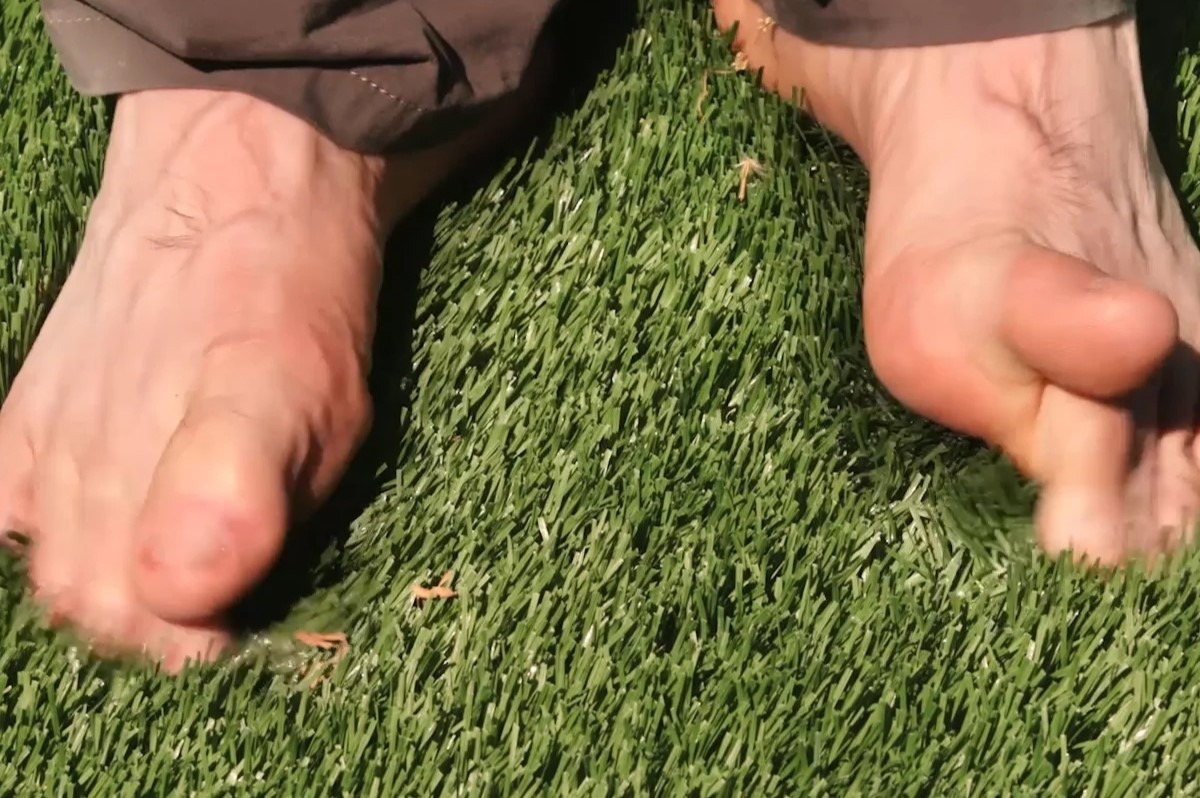
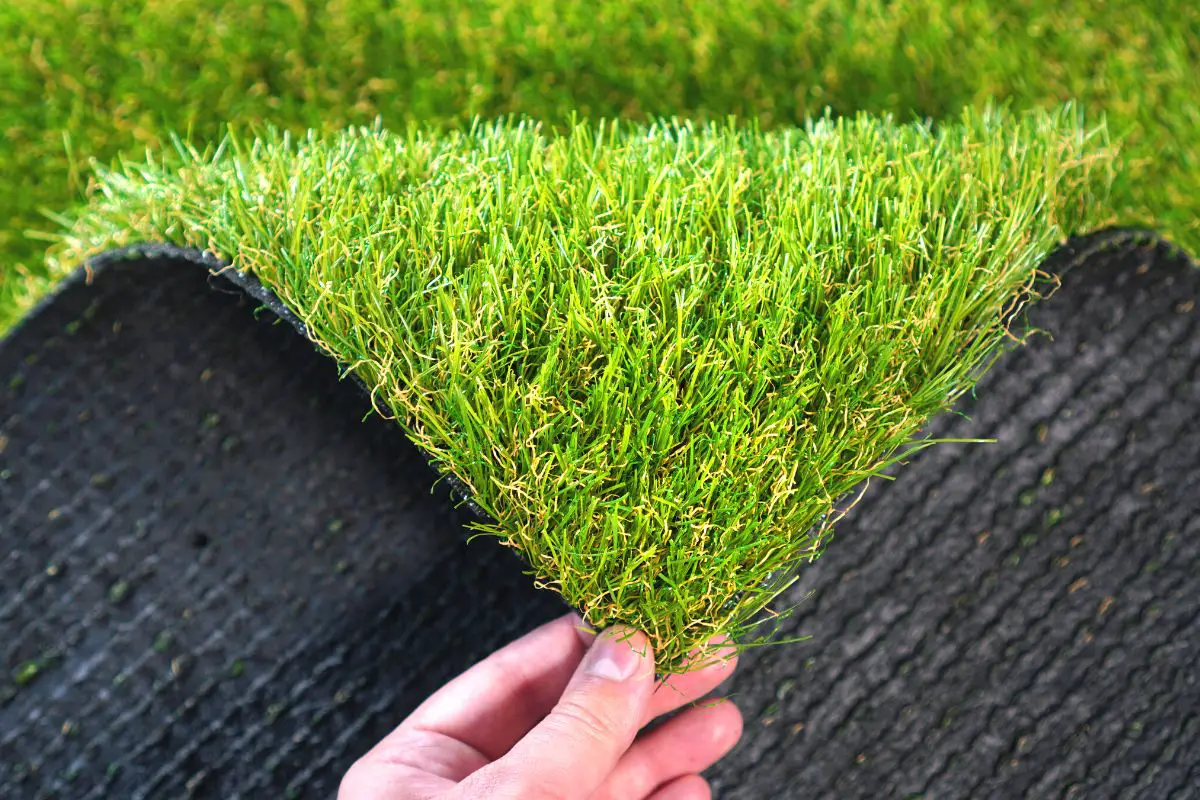
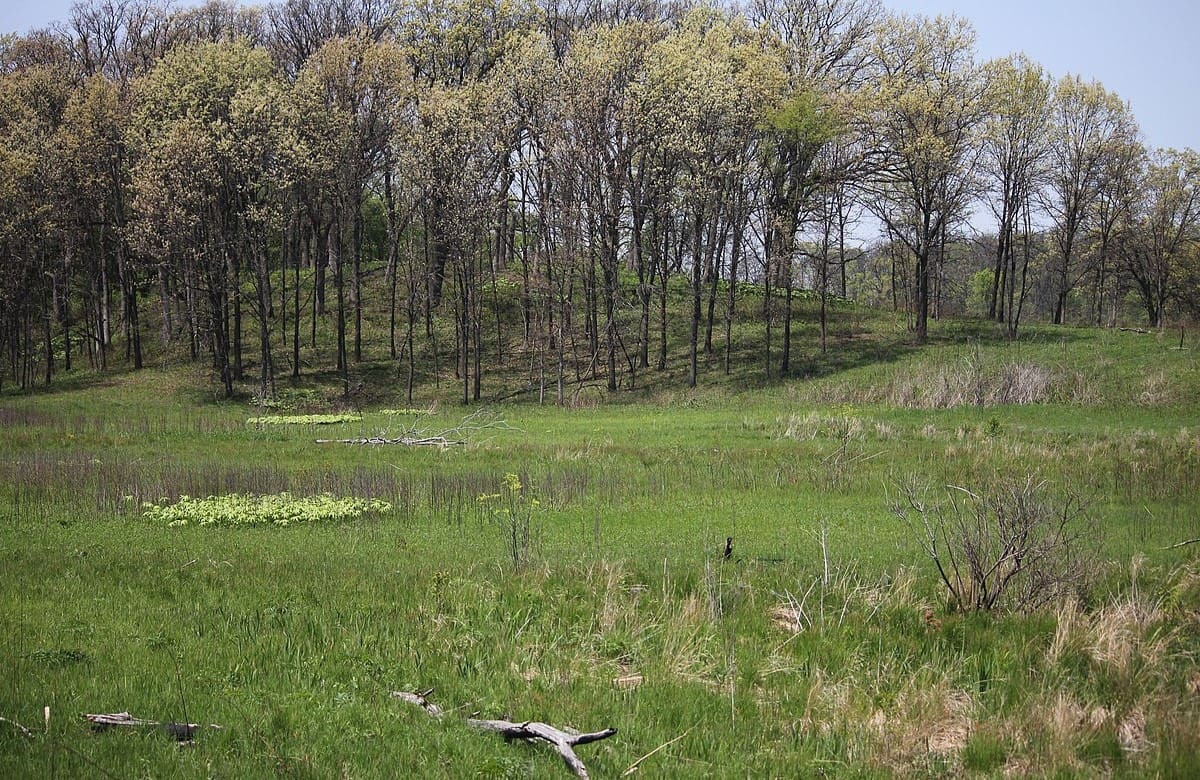

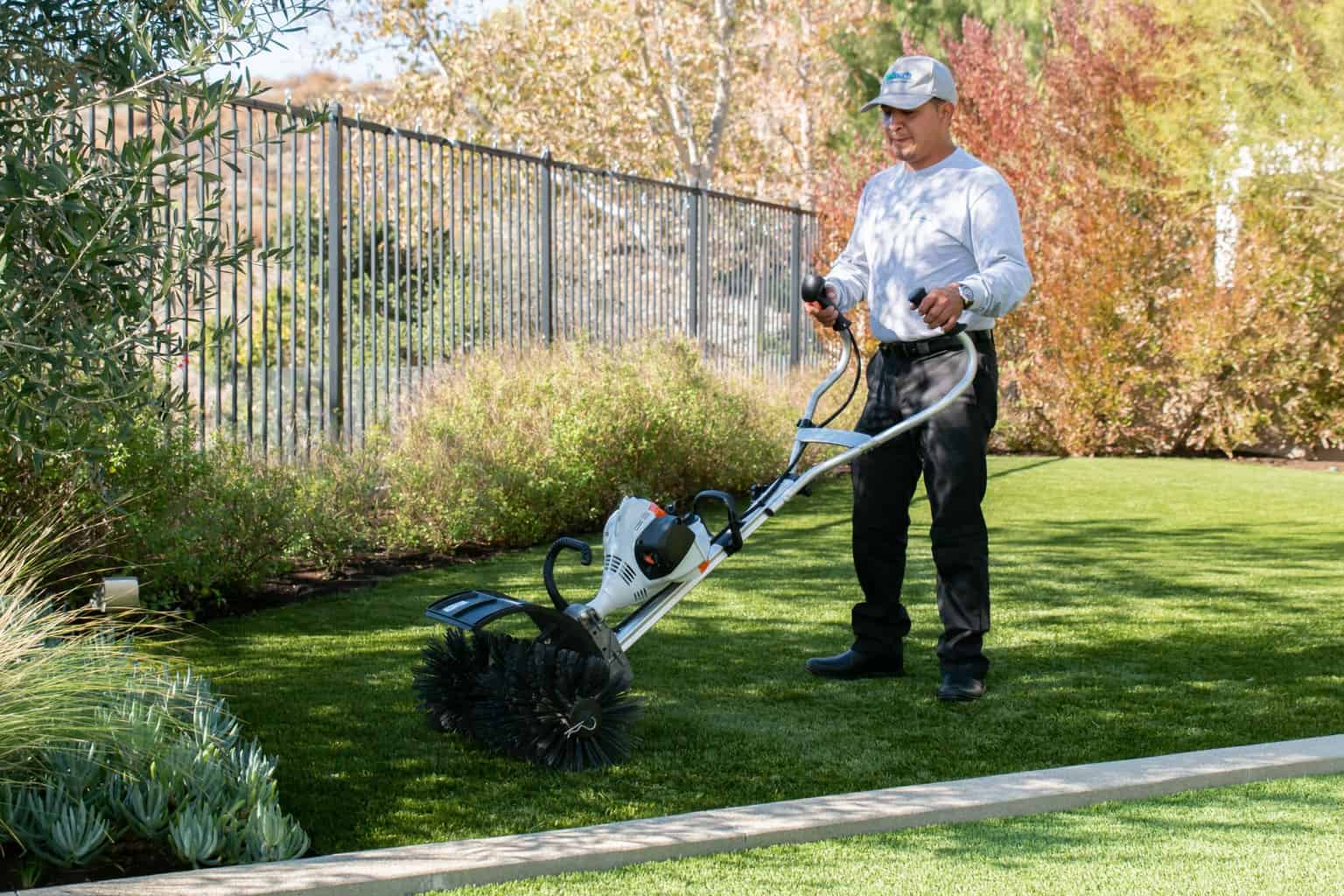

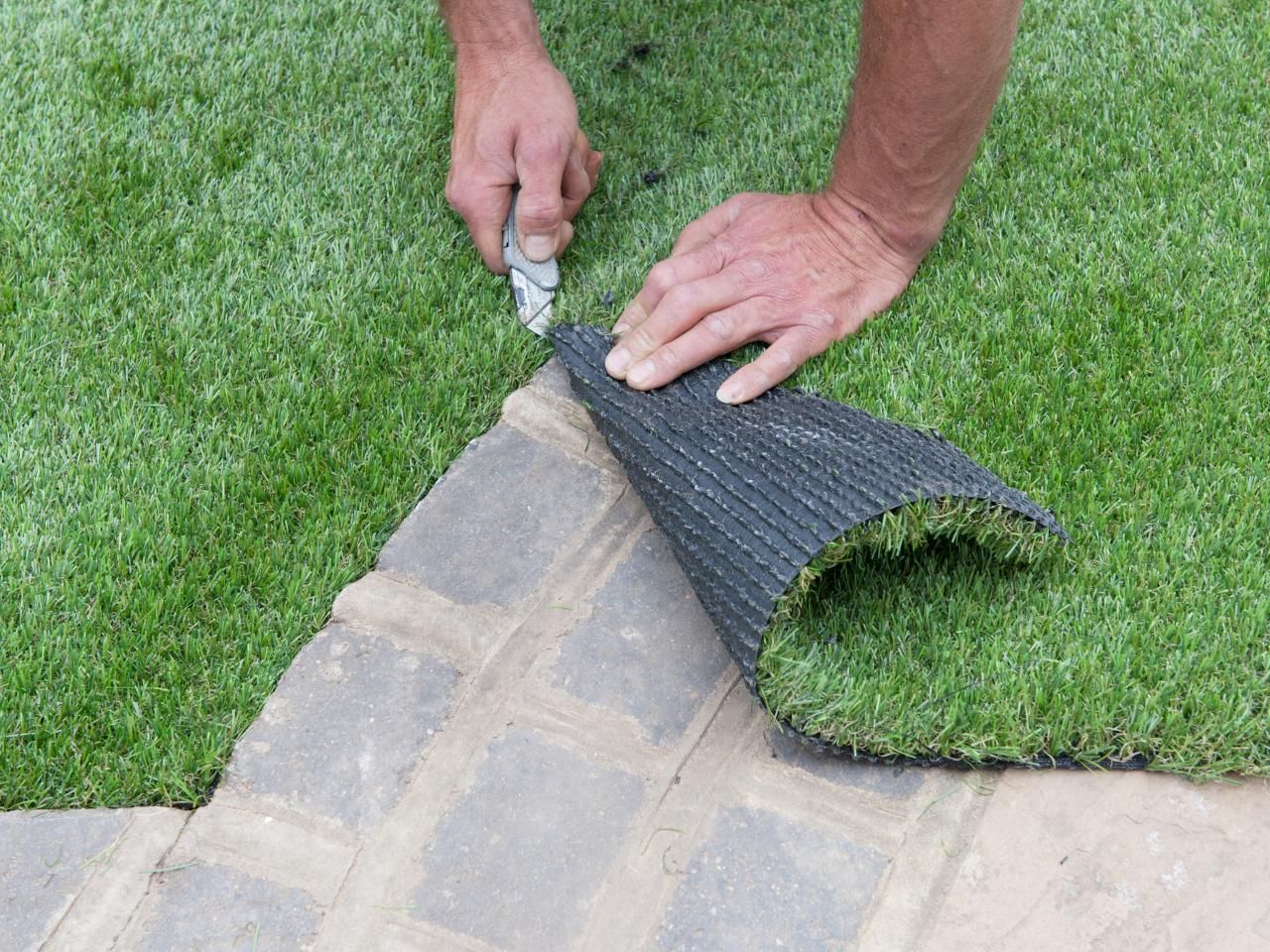

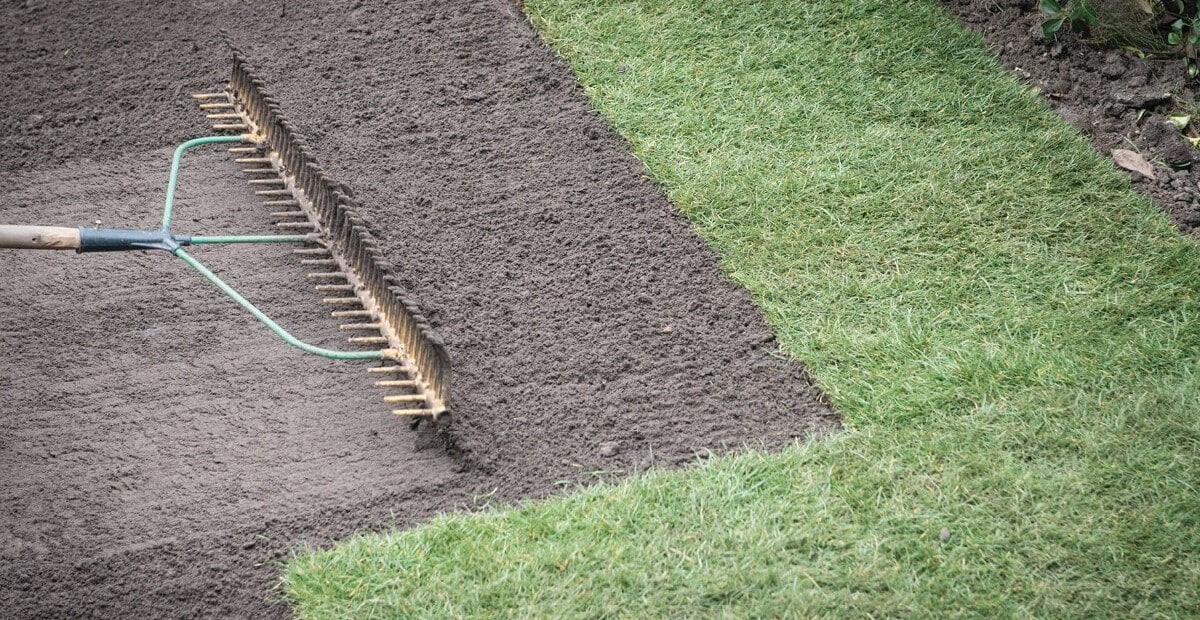
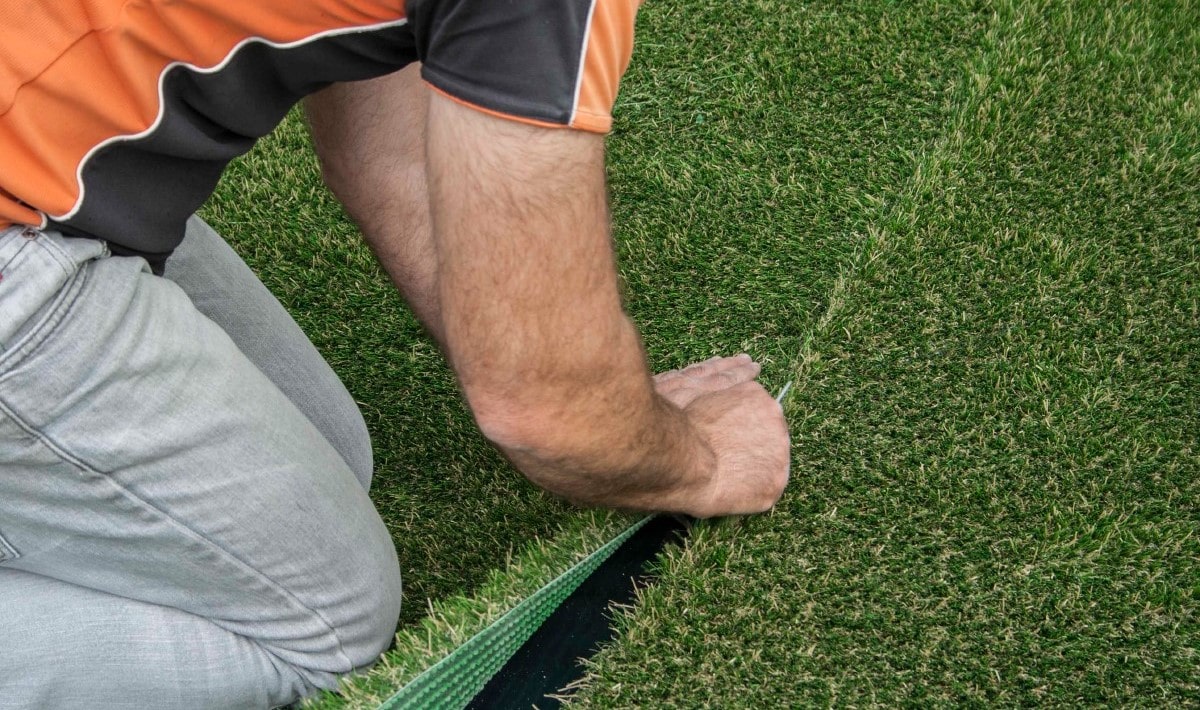


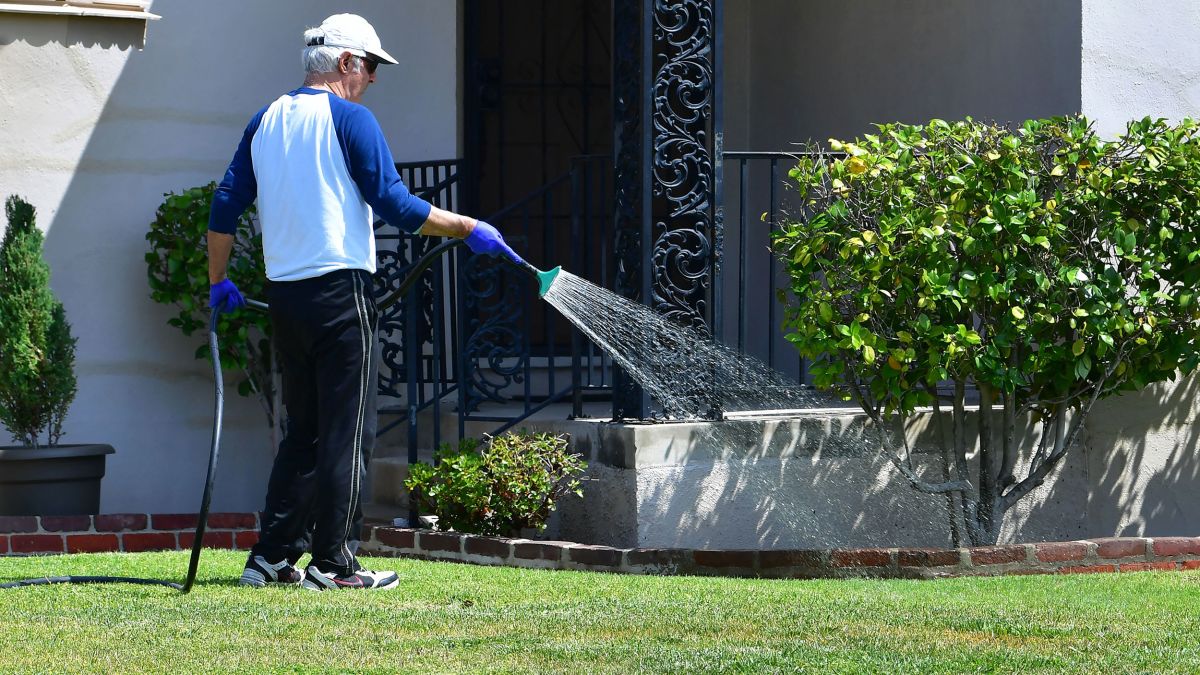

0 thoughts on “How To Grow Turf Grass Without Hurting The Environment”